Microwave Radio System: RSL and Passive Repeater Analysis
VerifiedAdded on 2022/11/14
|7
|584
|182
Homework Assignment
AI Summary
This assignment solution addresses a digital microwave radio system operating in the 18GHz band, providing 2x2 Mbps transmission between two sites and employing a passive repeater. The solution begins by calculating the nominal Received Signal Level (RSL) at the receiver input in dBm, considering the transmitter output power, RF branching losses, and antenna parameters, under free space conditions. The calculation incorporates the noise factor and temperature to derive the formula for received signal level. Subsequently, the solution provides a discussion on the purpose of the passive repeater in this system, highlighting its function in reflecting signals, enabling communication over challenging terrains, and improving signal quality by mitigating noise. The solution also provides the benefits of passive repeaters, such as cost-effectiveness, noise reduction, and their ability to receive and transmit signals in multiple directions. The document concludes with a list of cited references.
1 out of 7

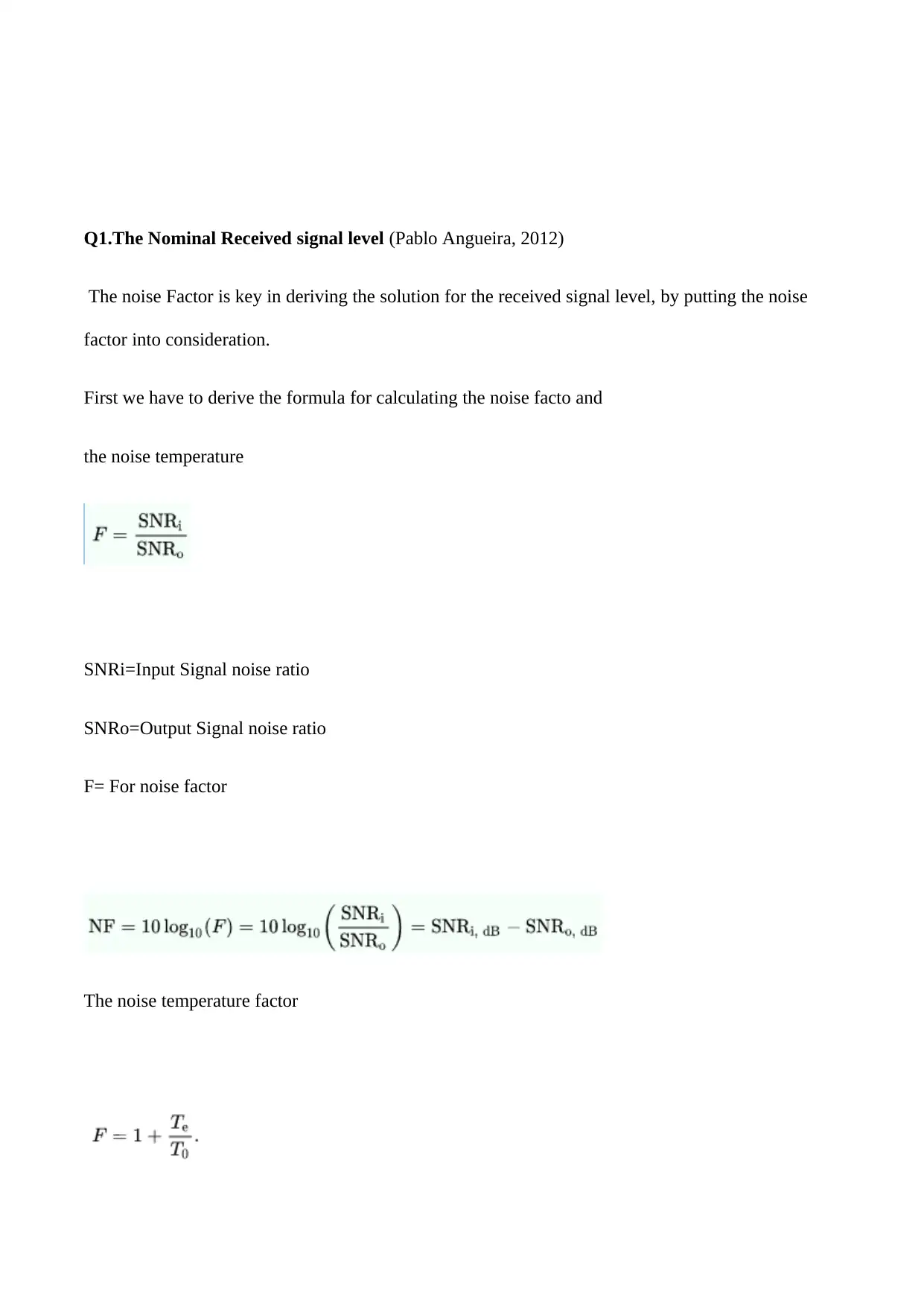
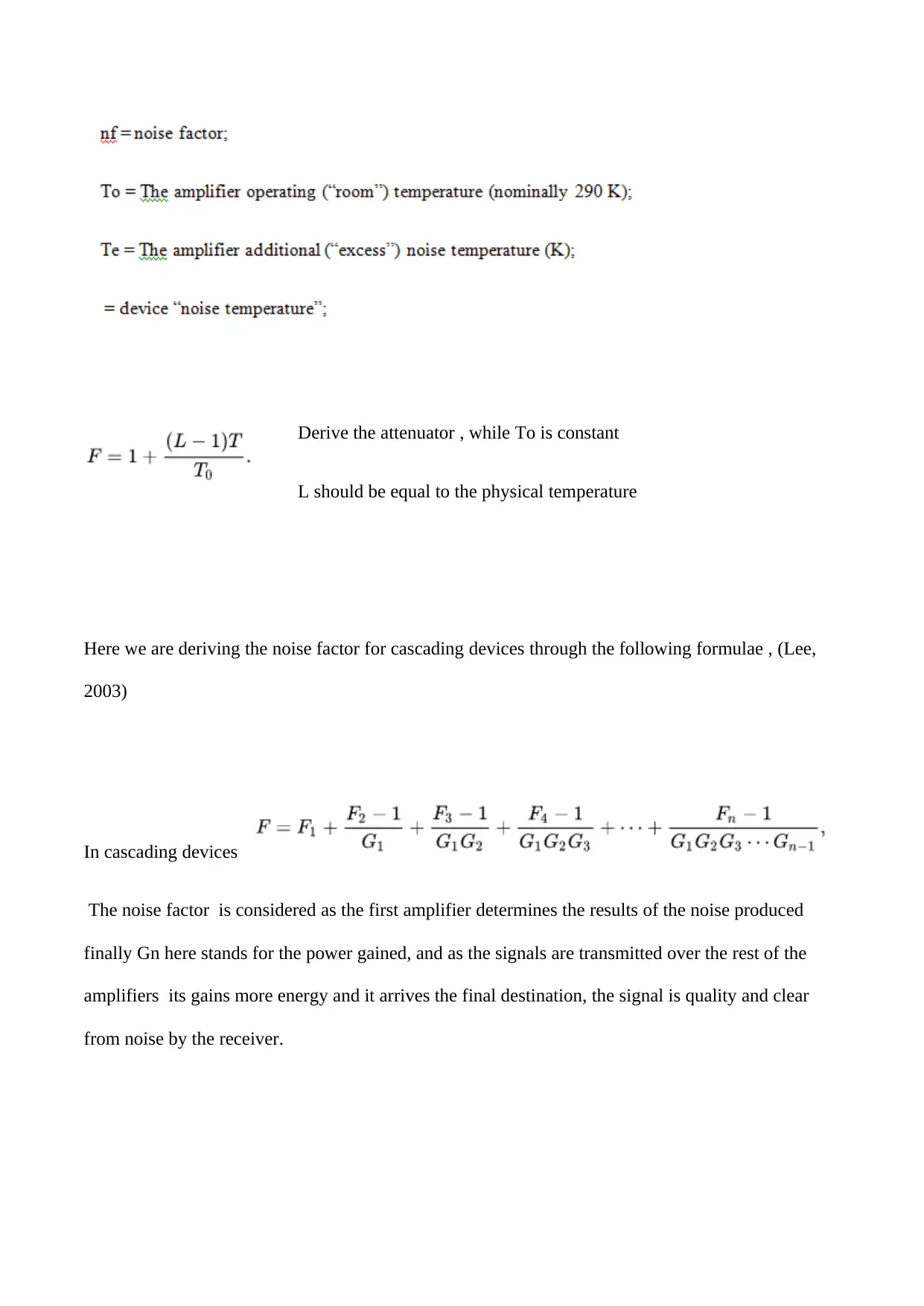
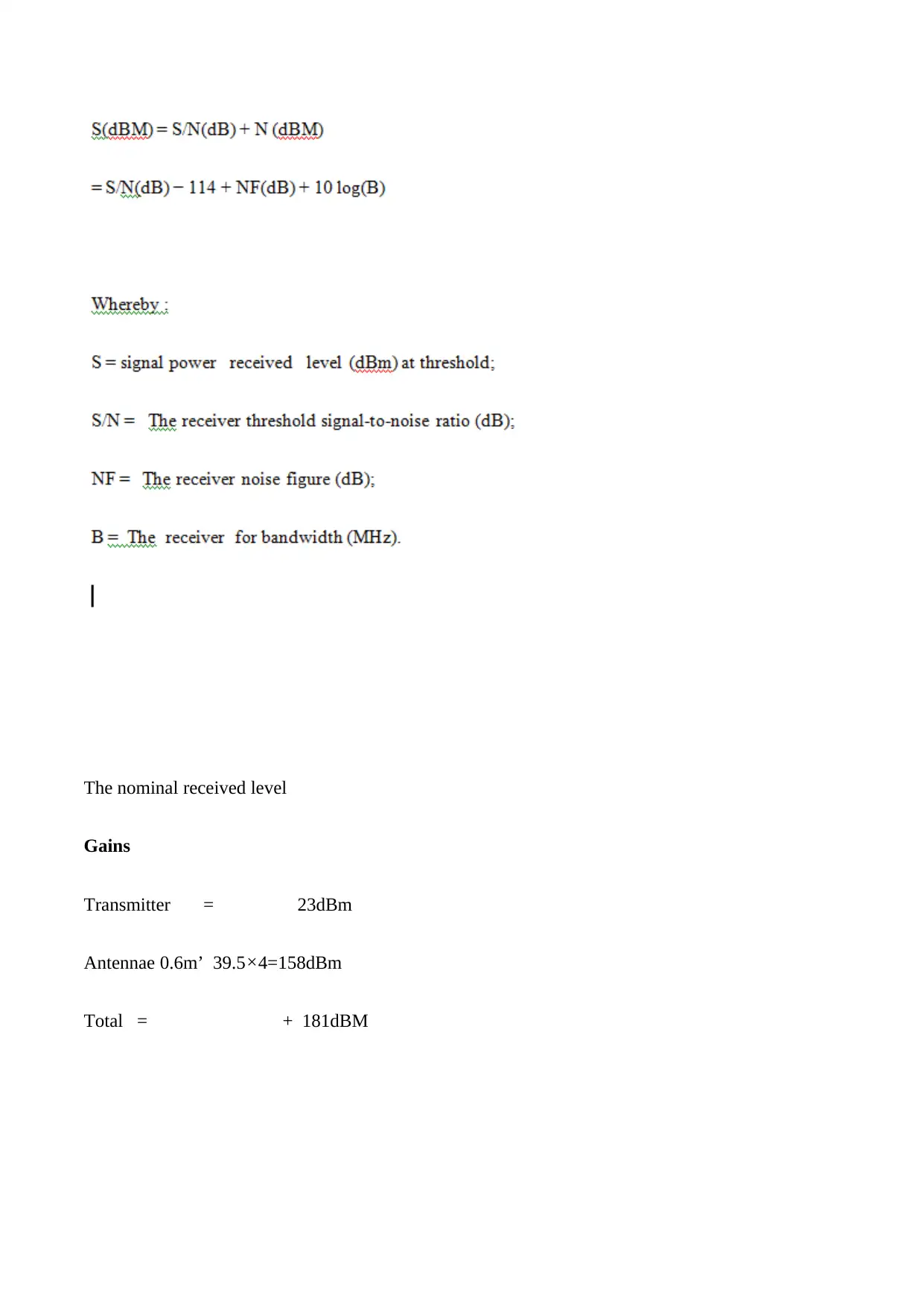
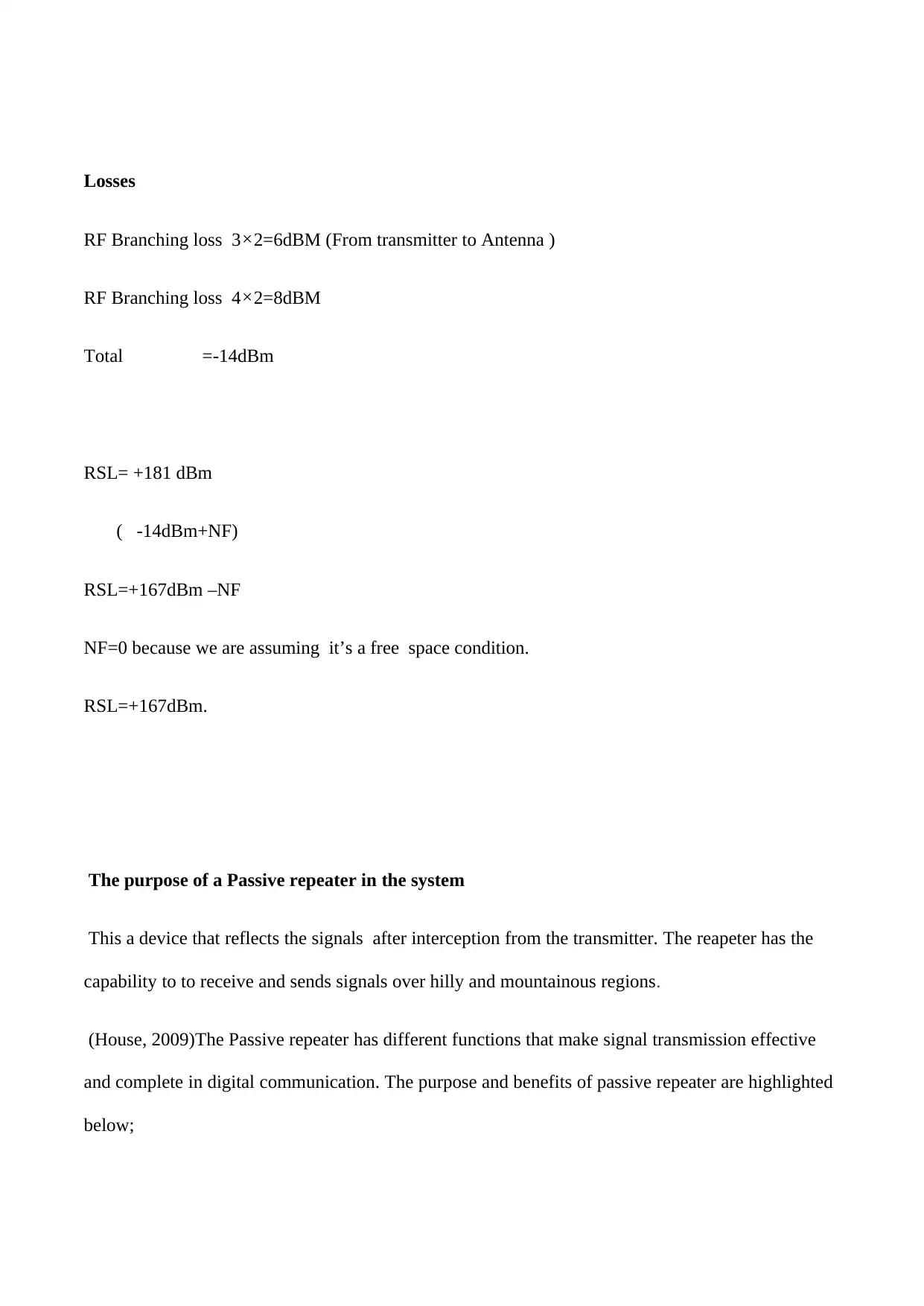
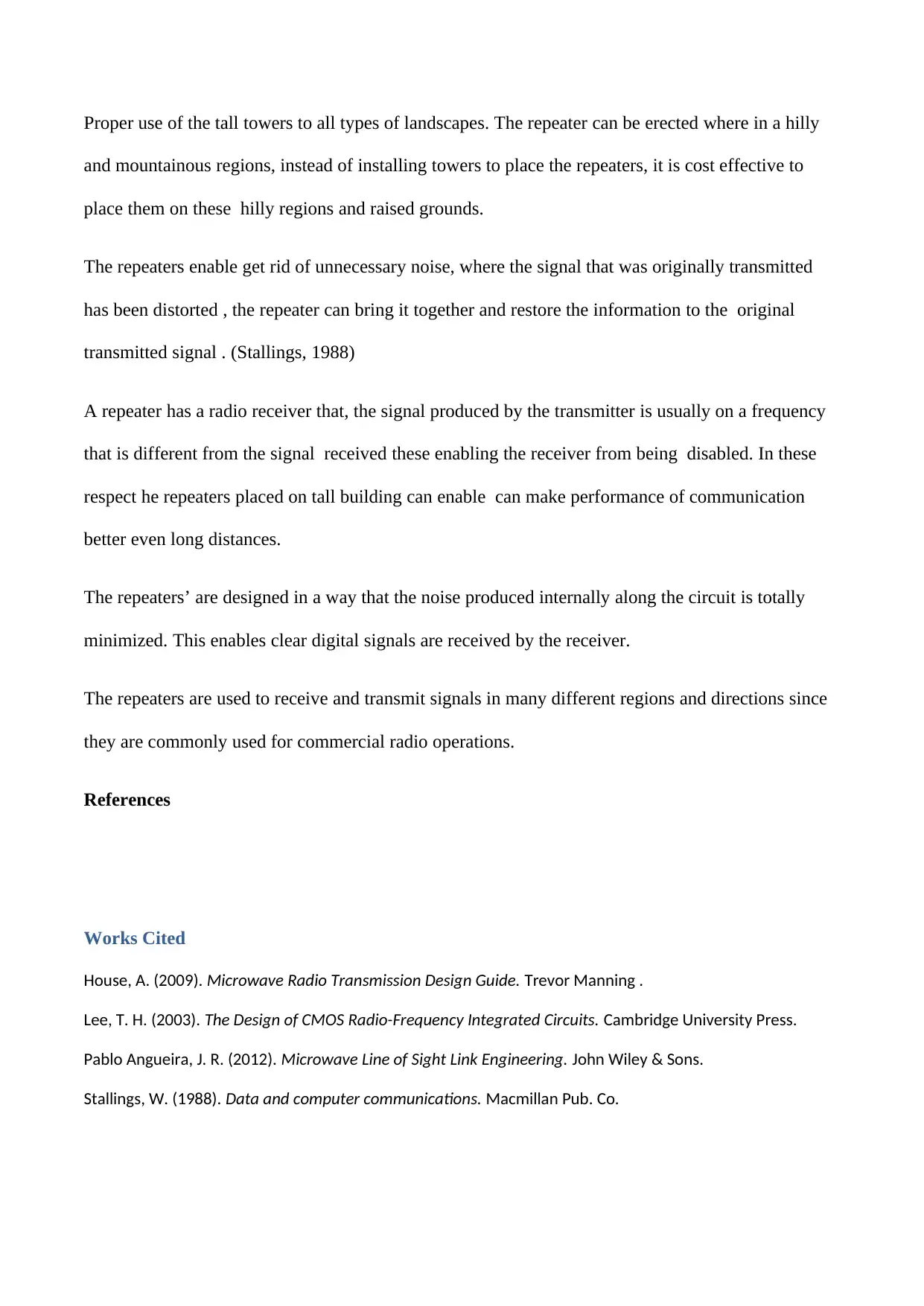




![[object Object]](/_next/static/media/star-bottom.7253800d.svg)